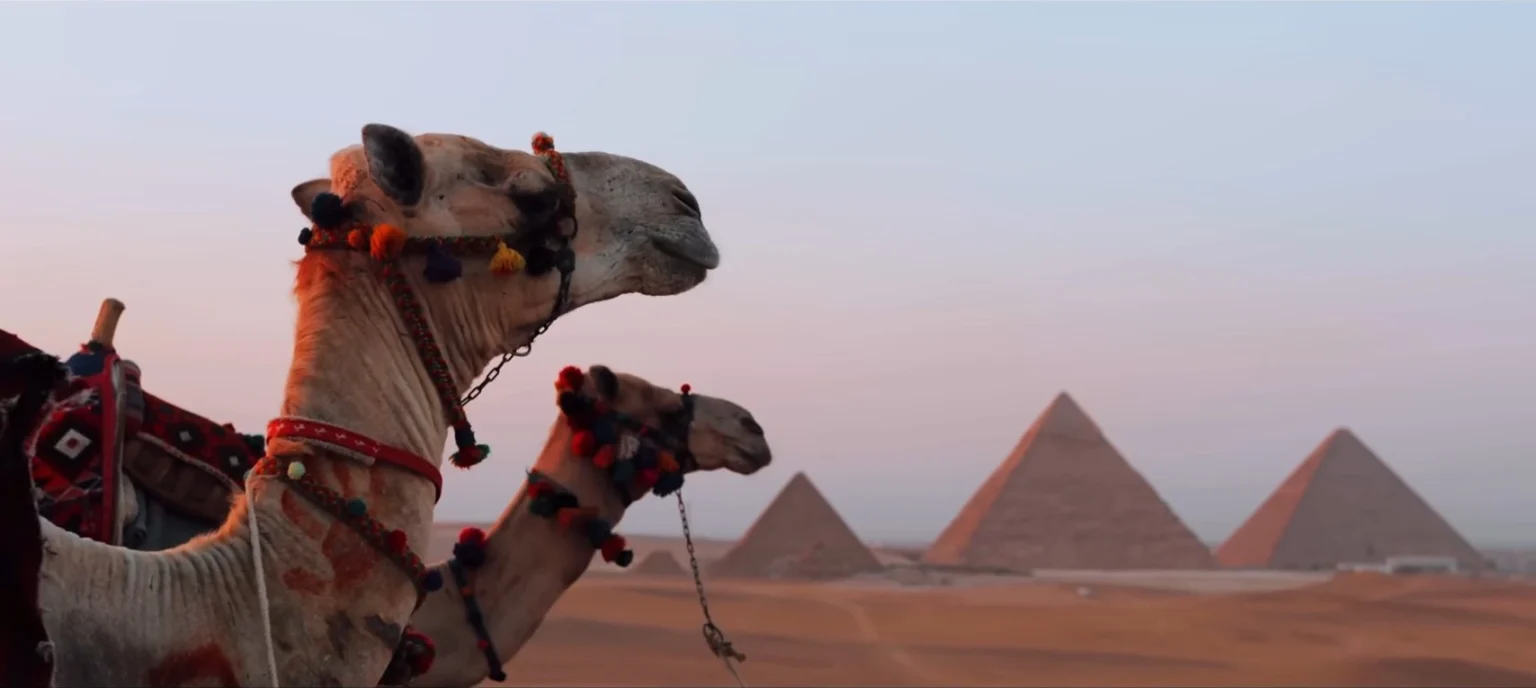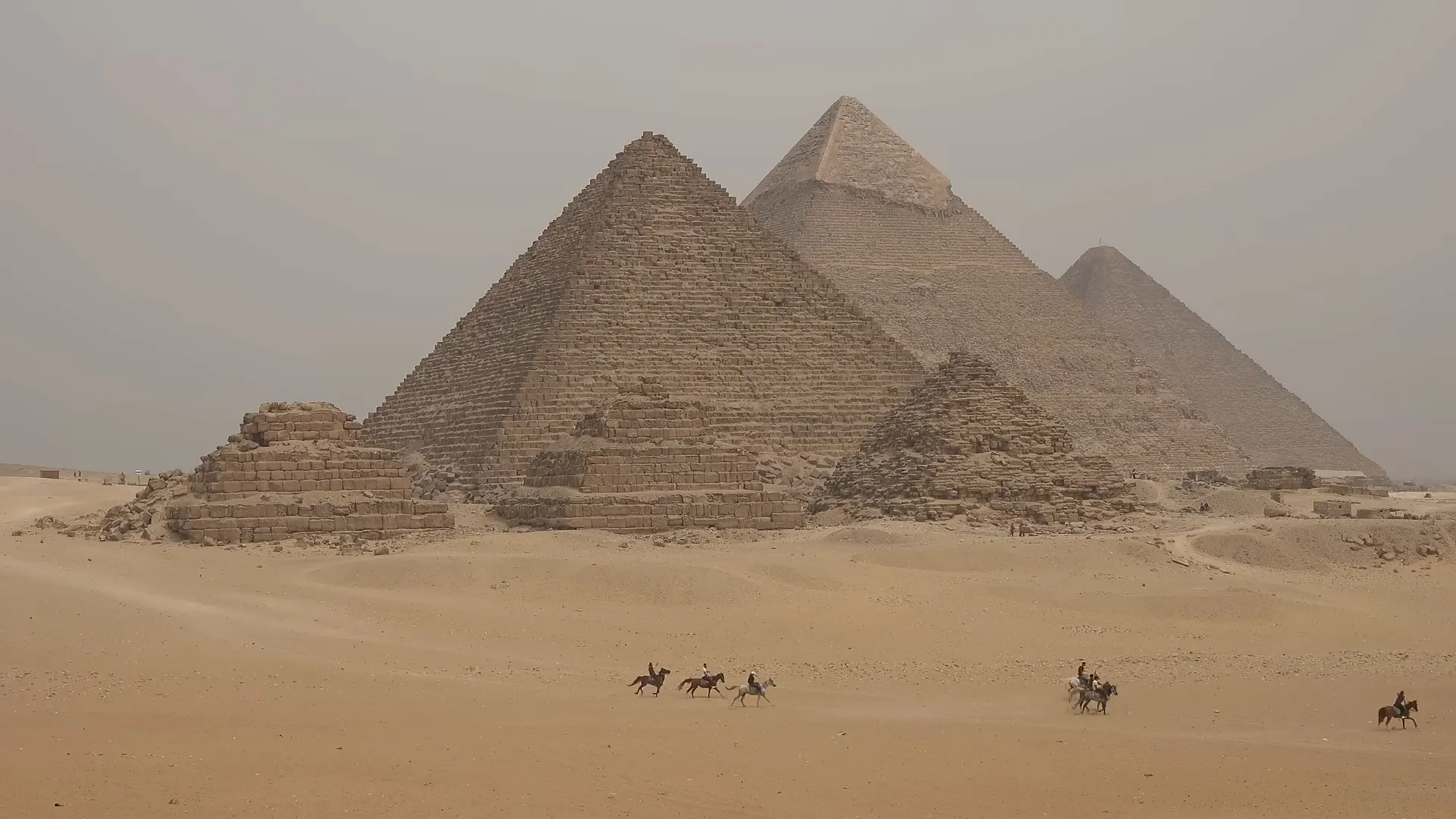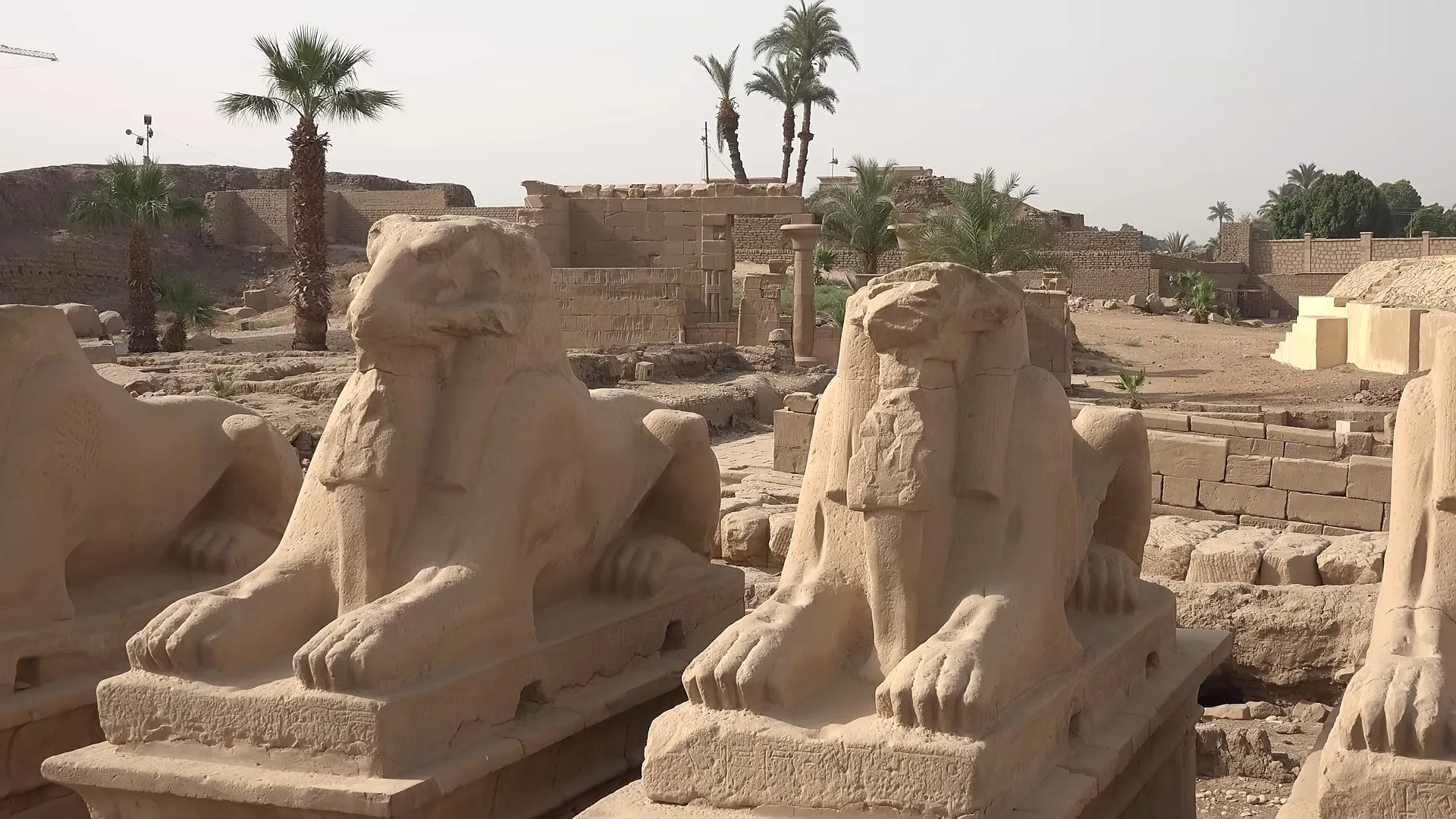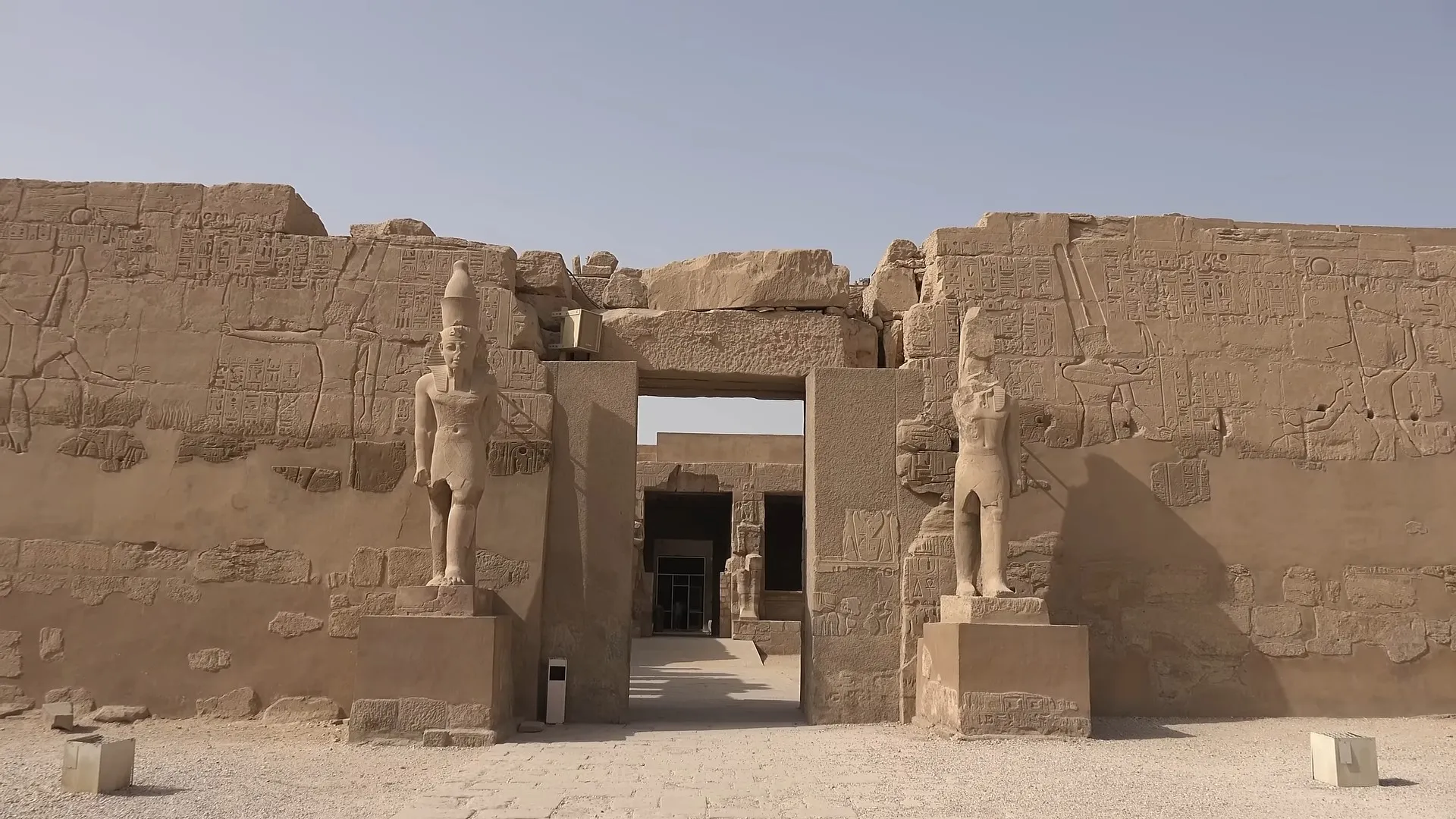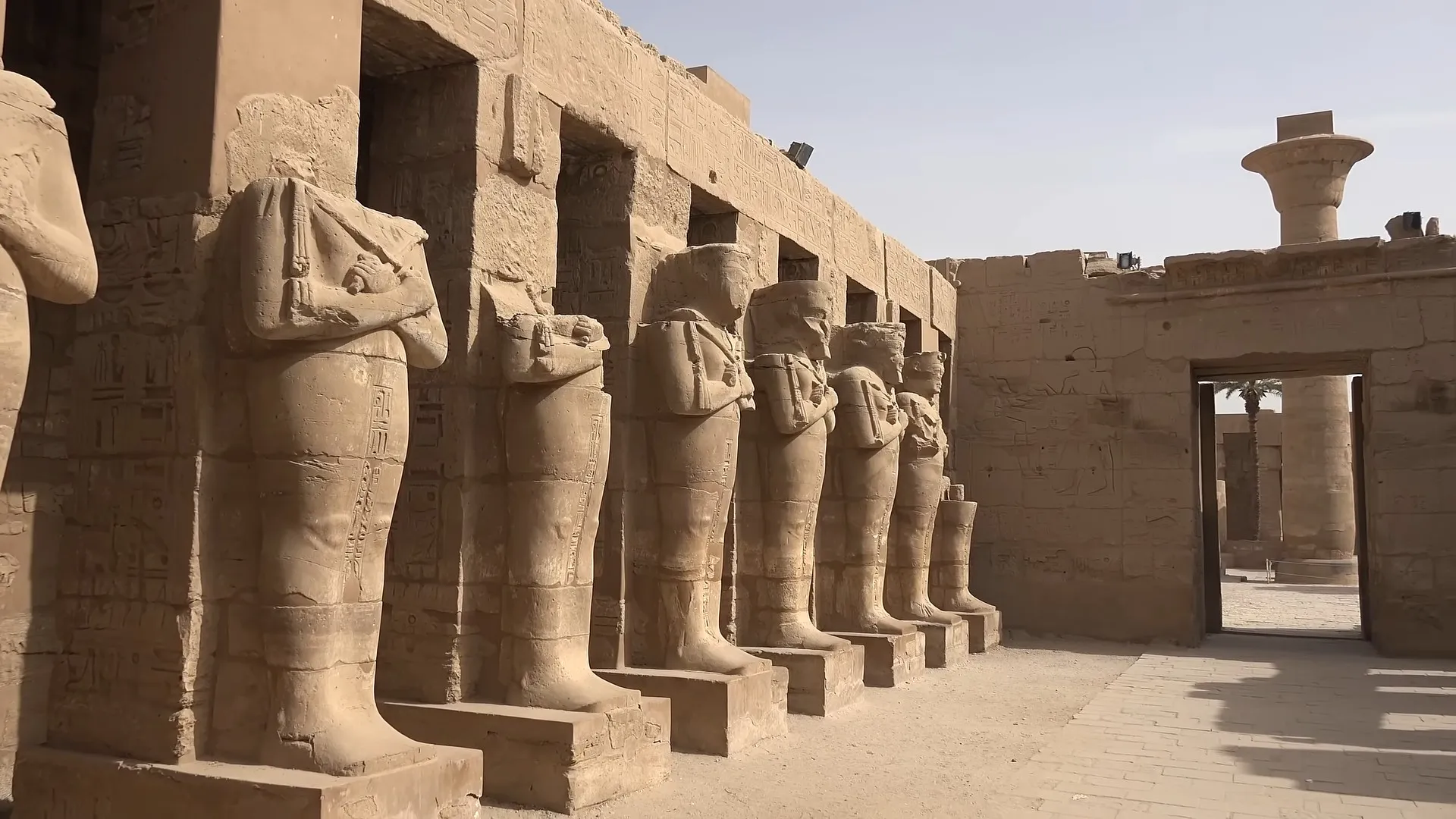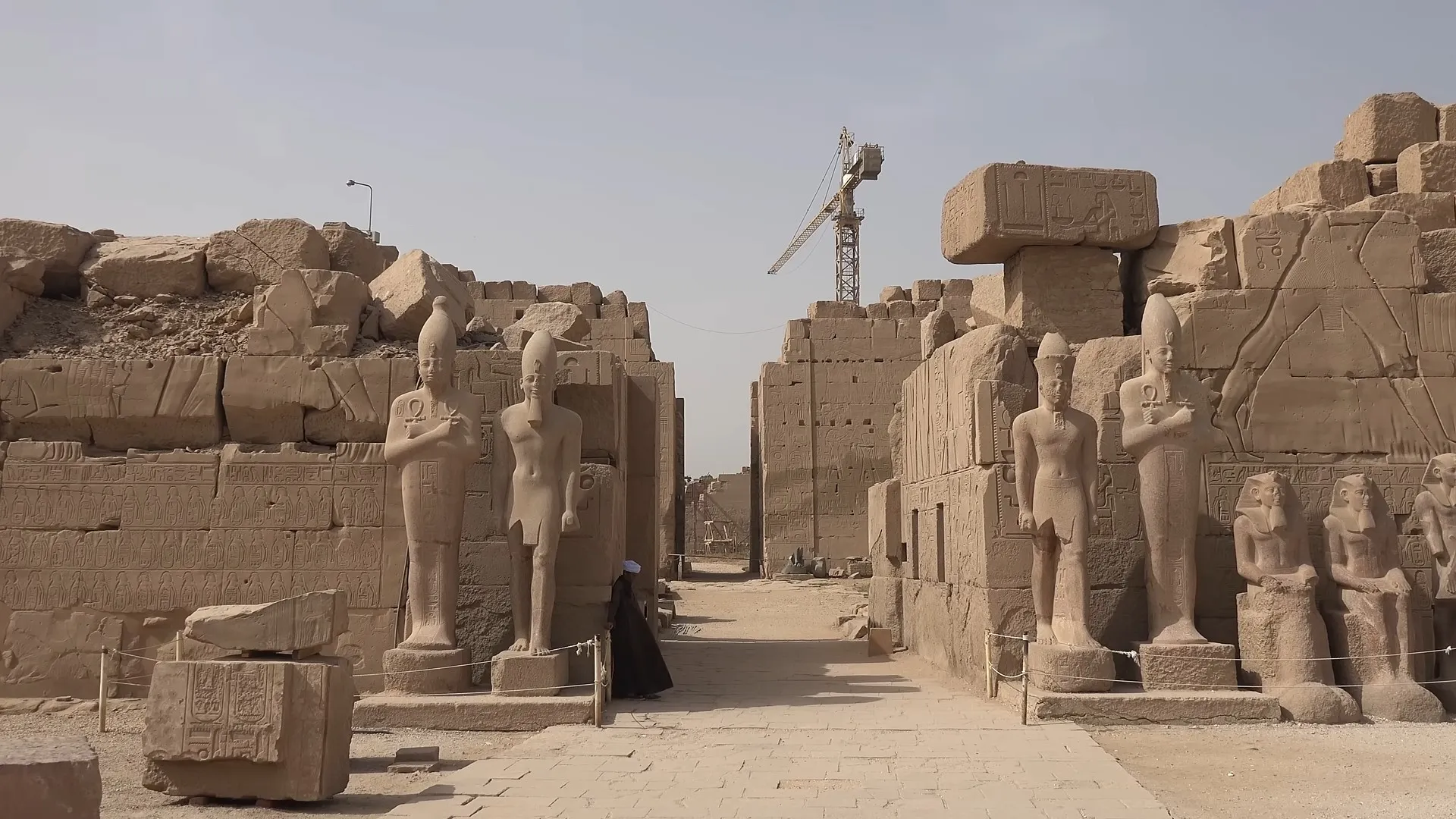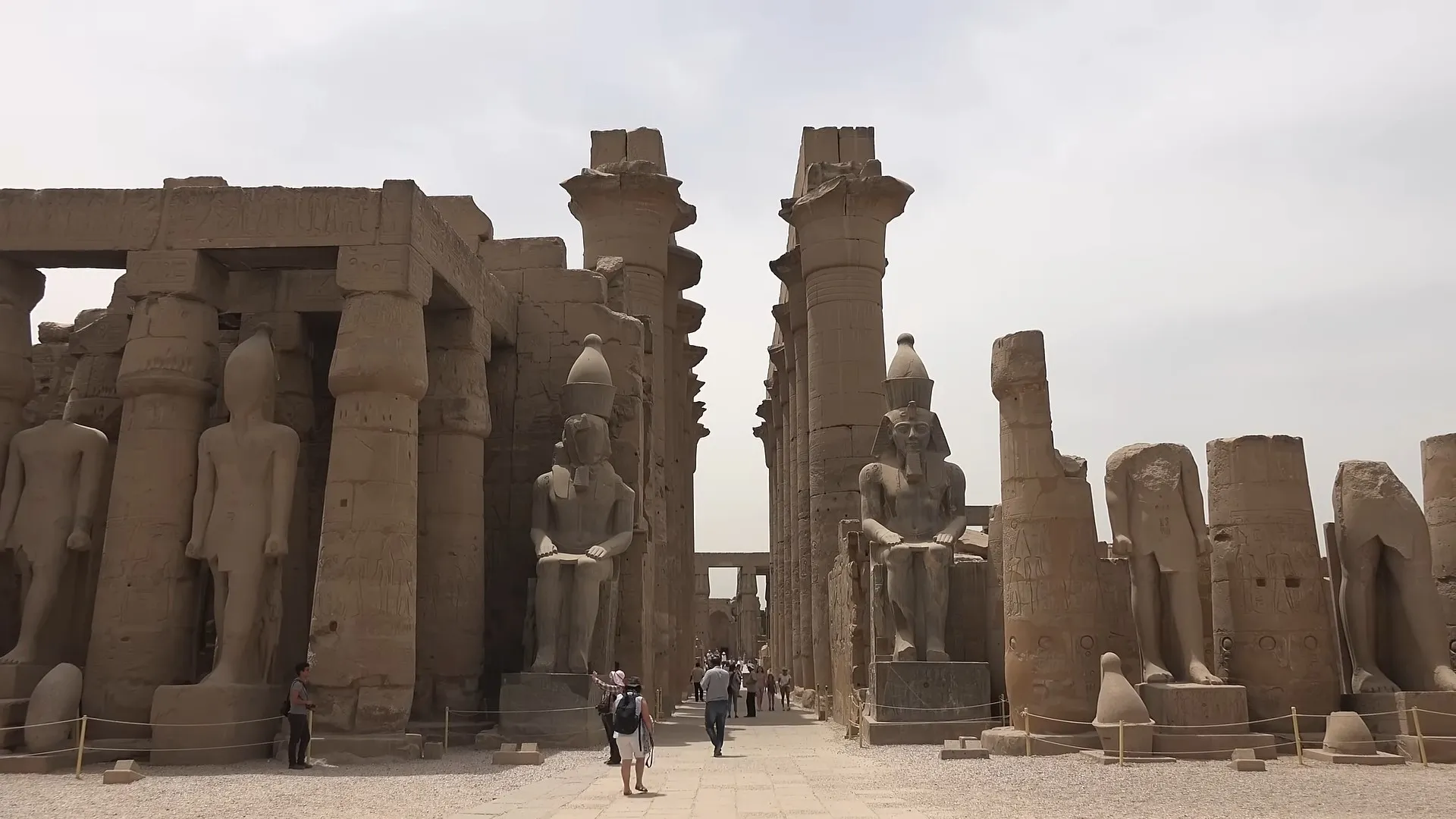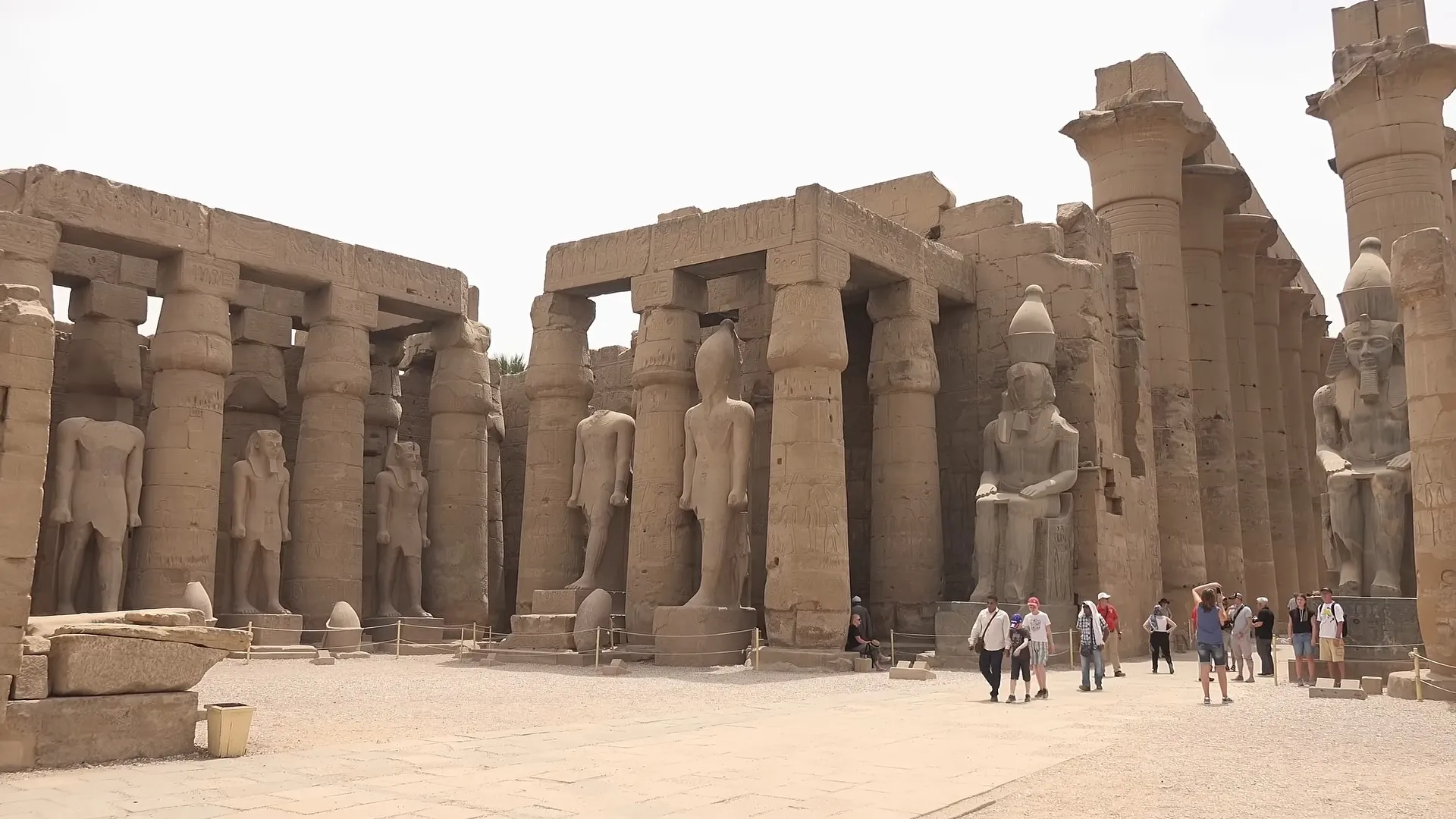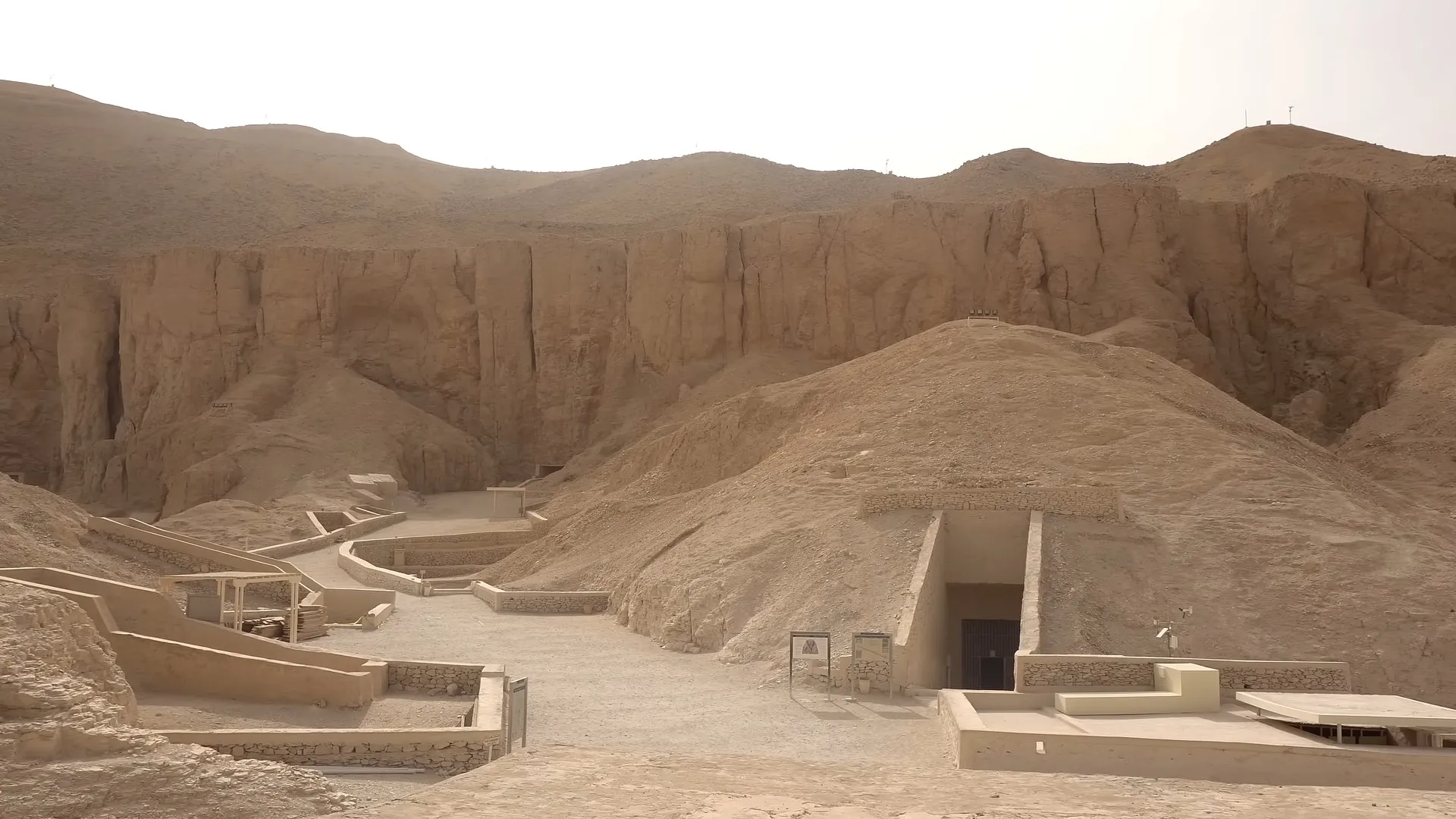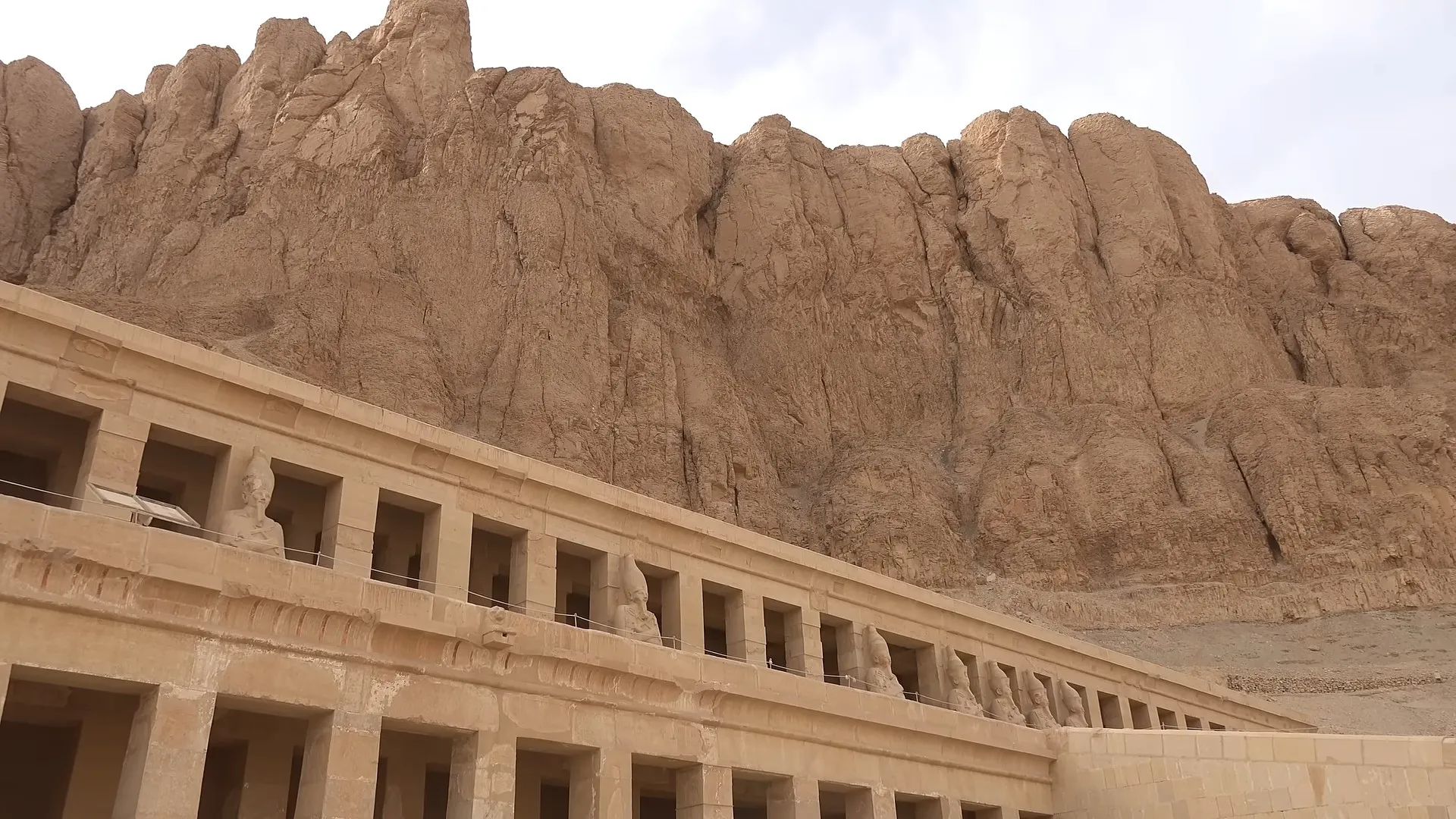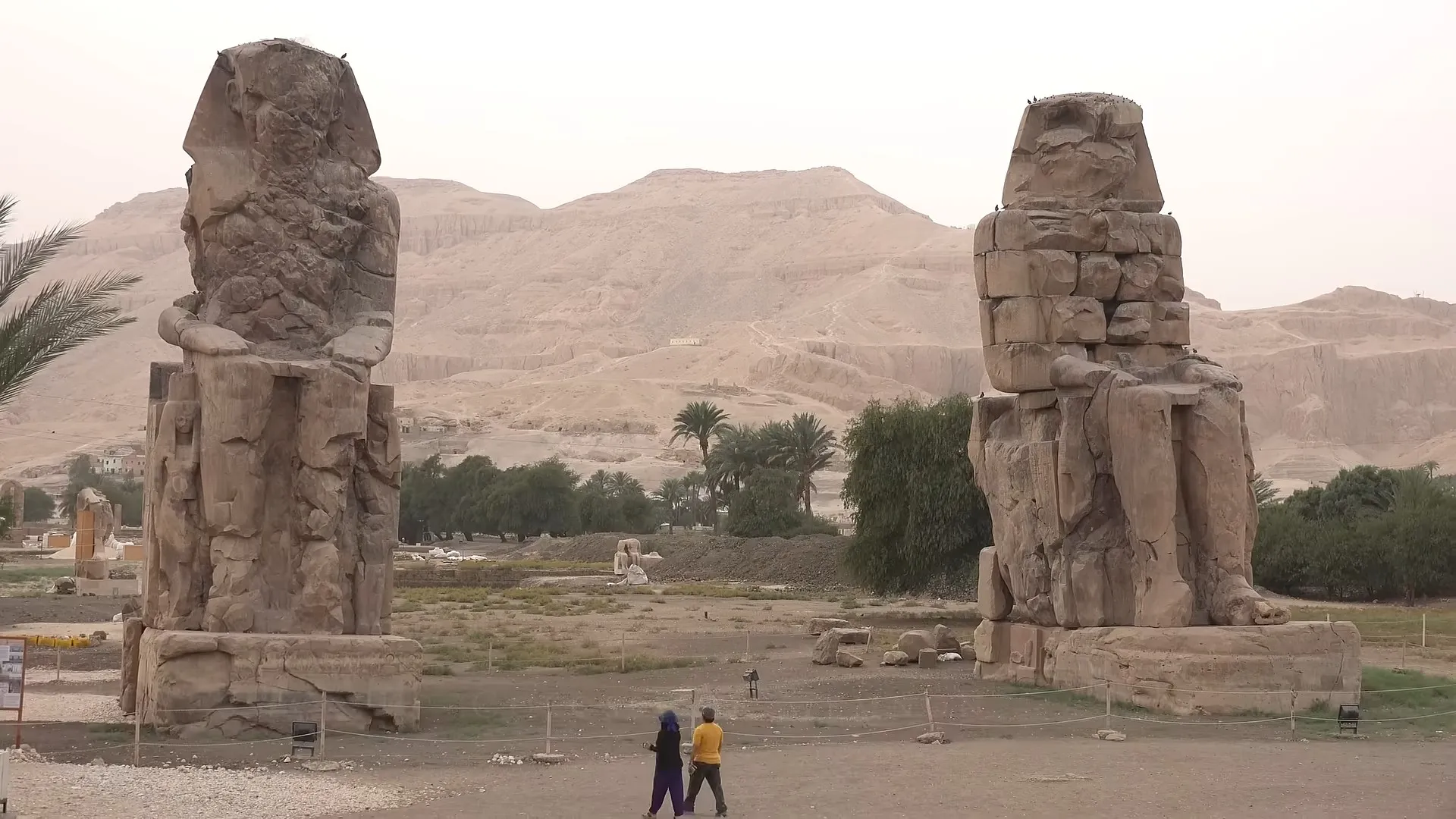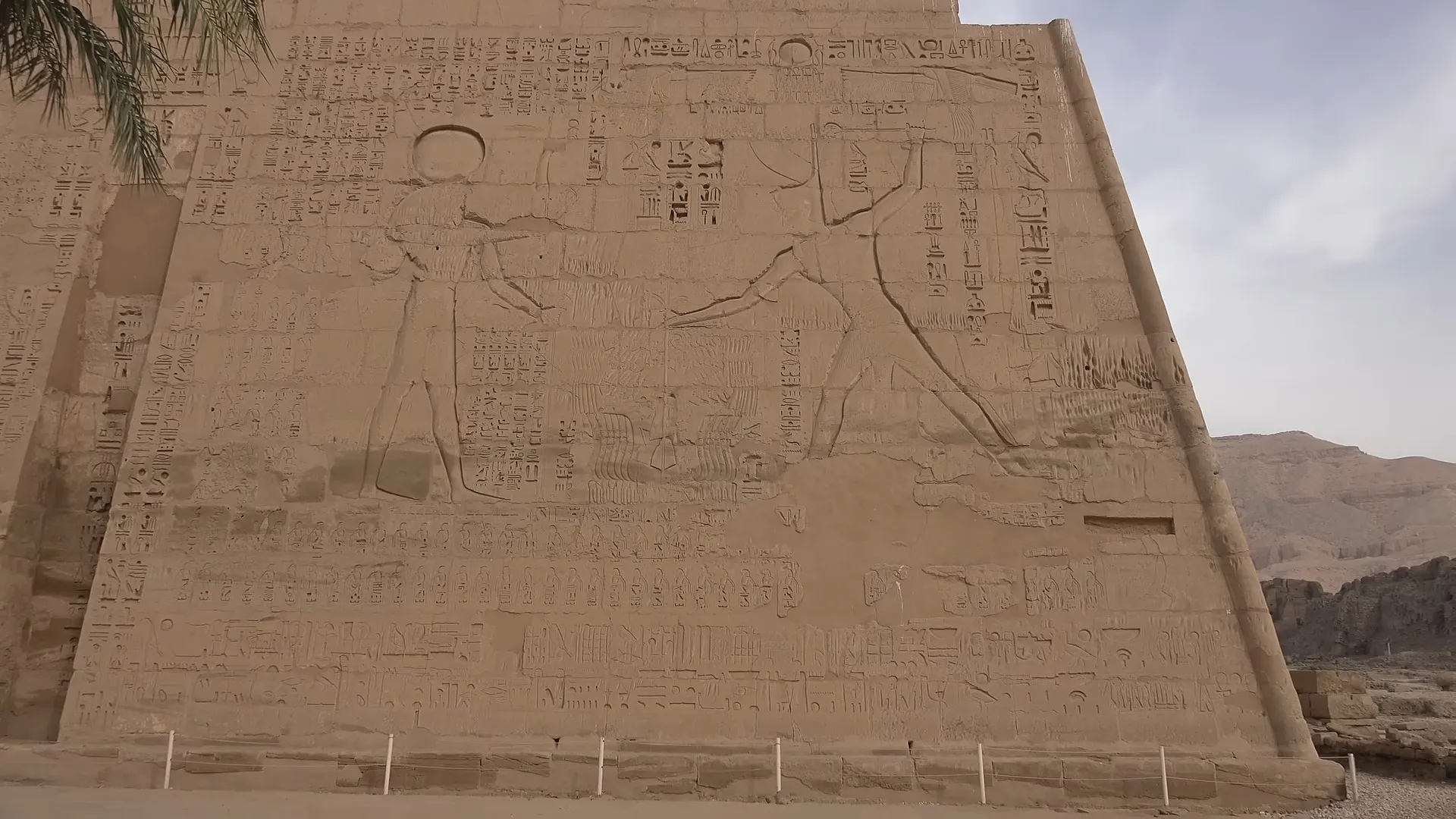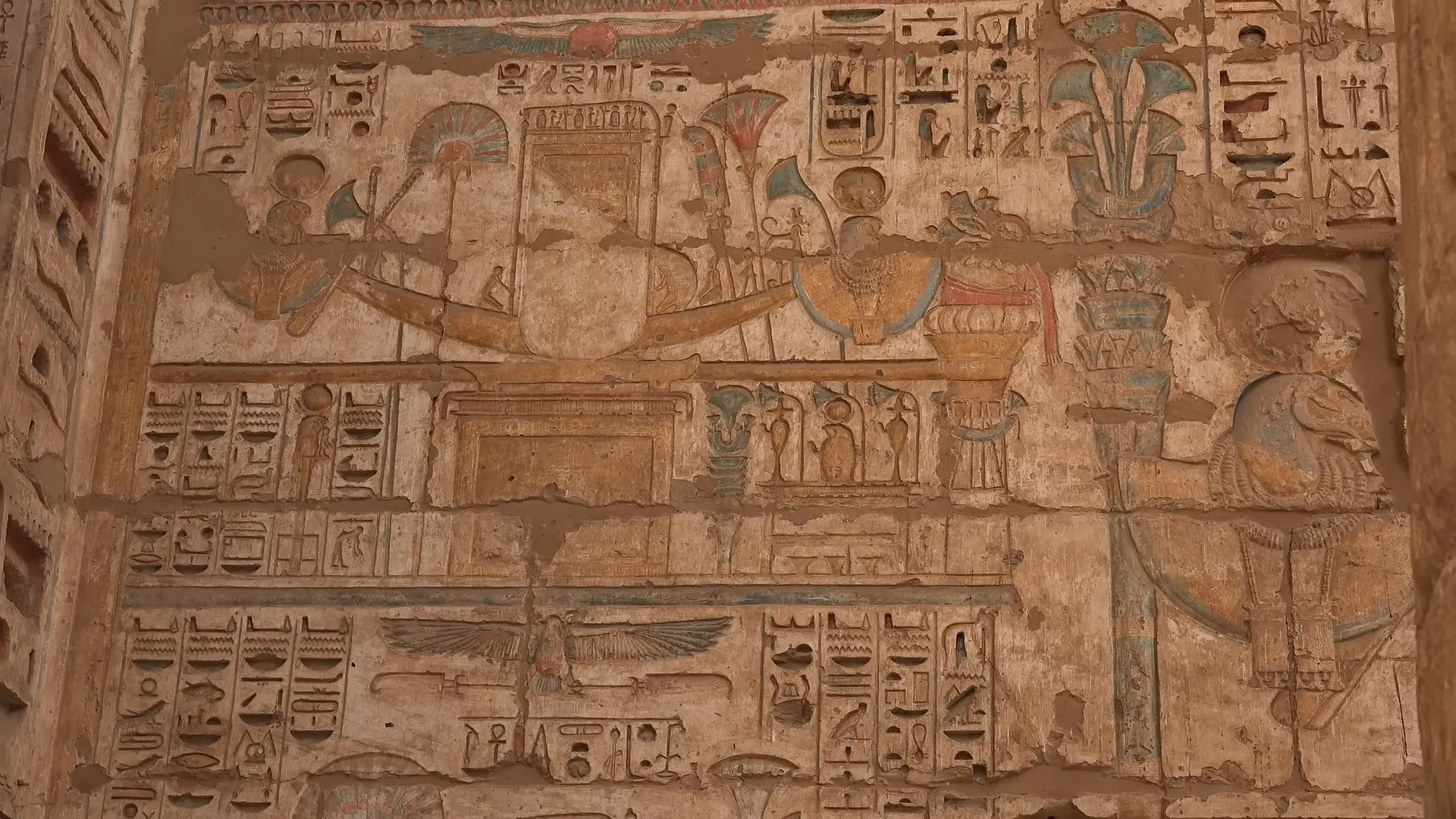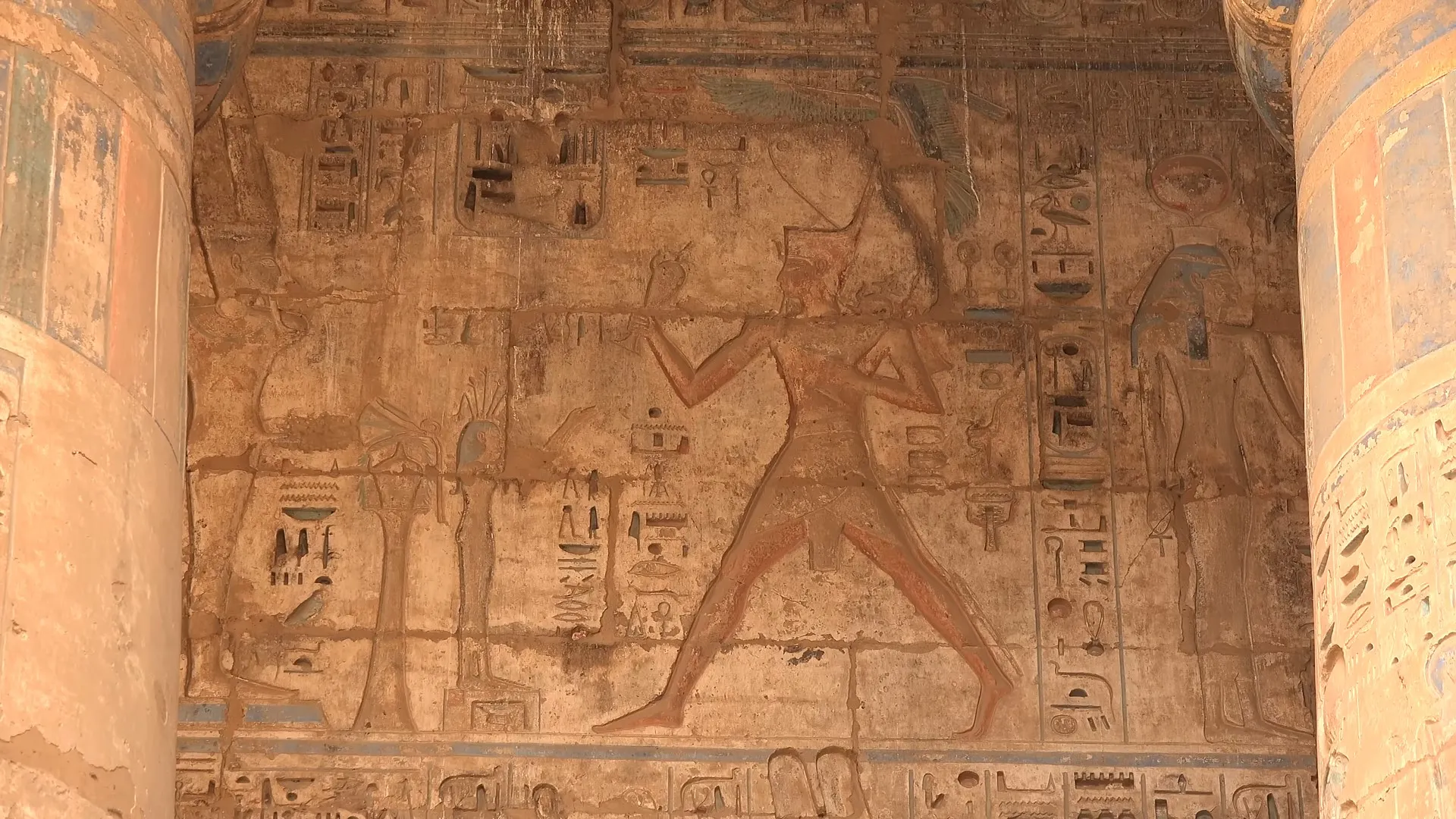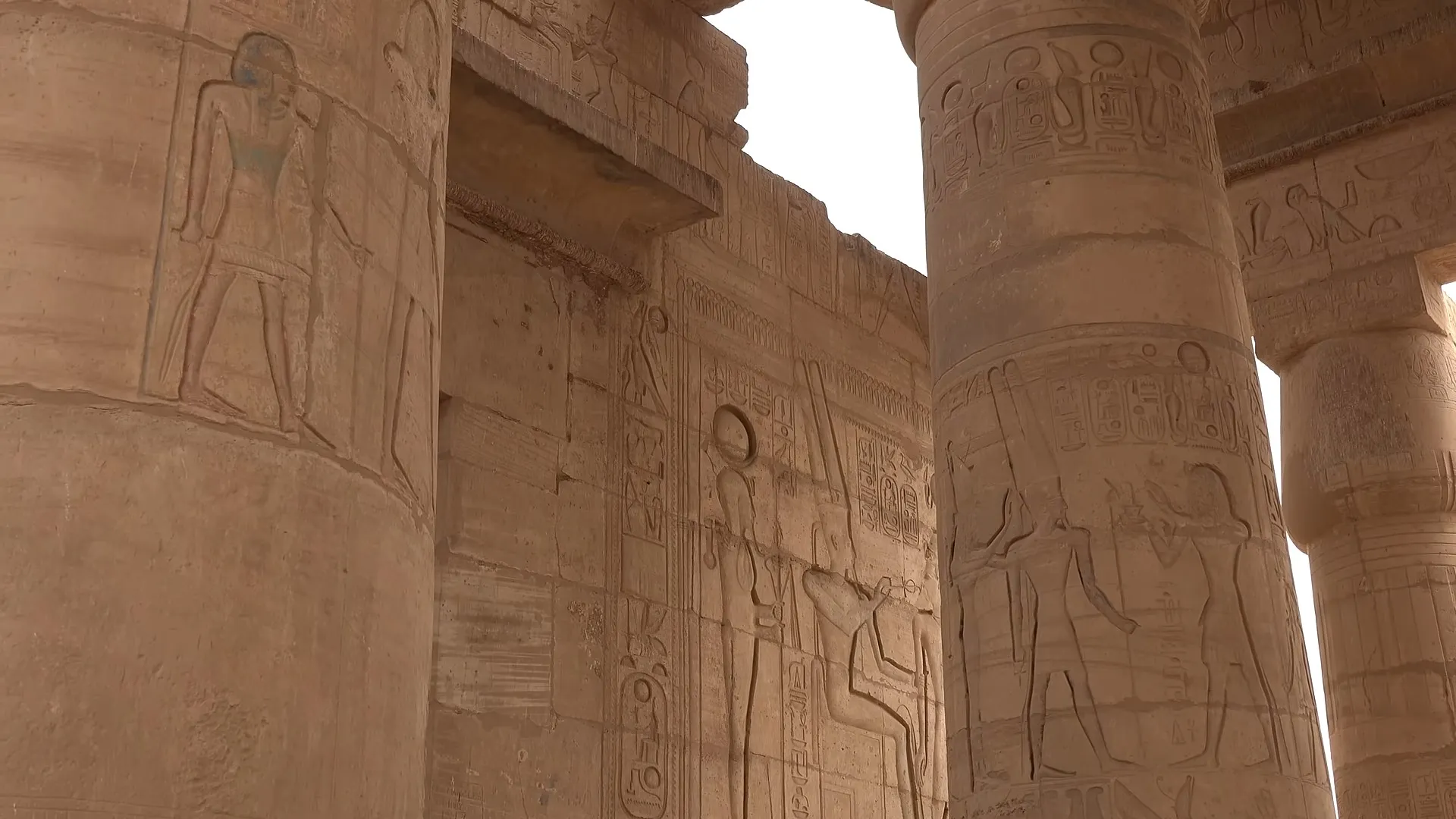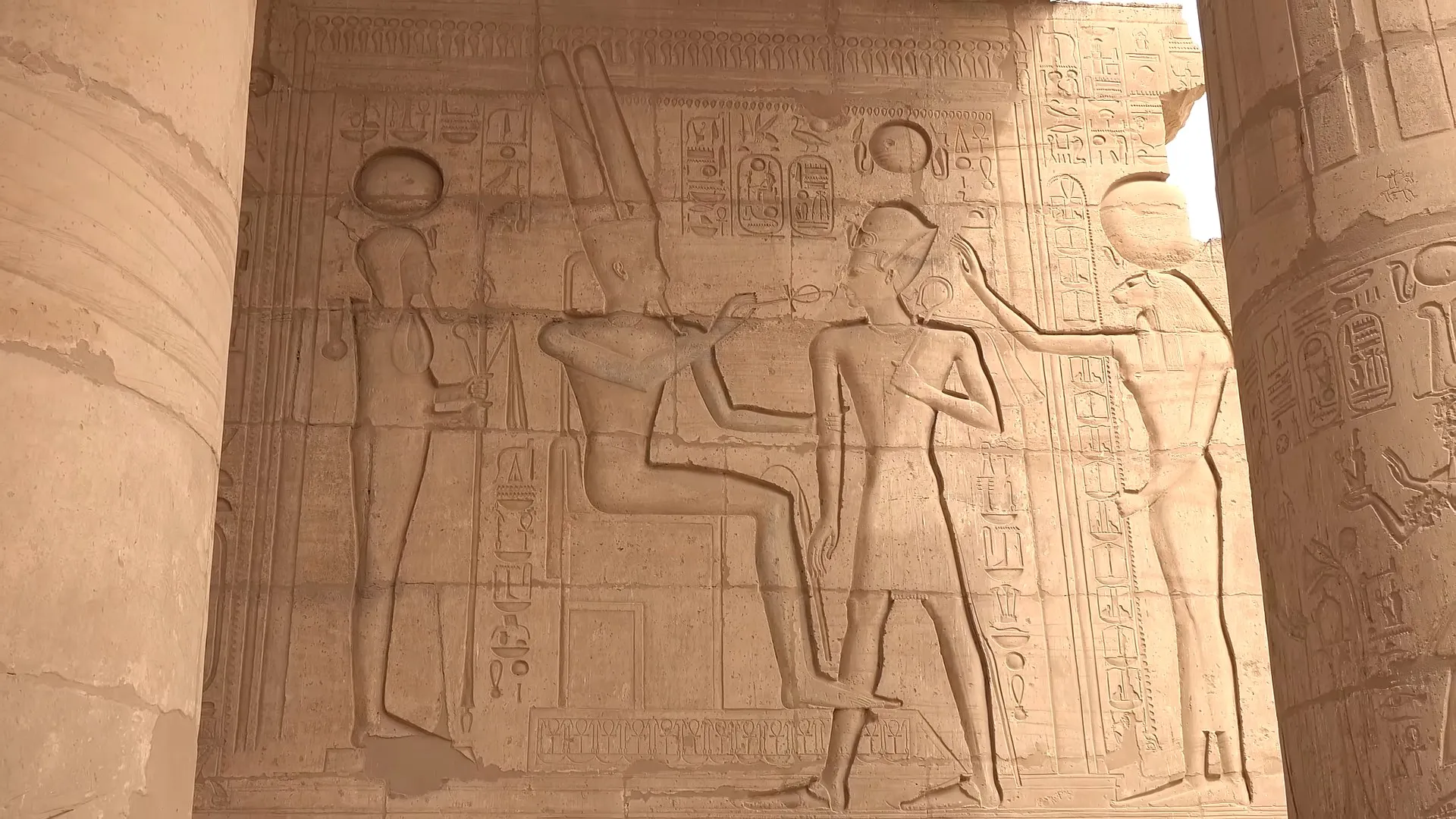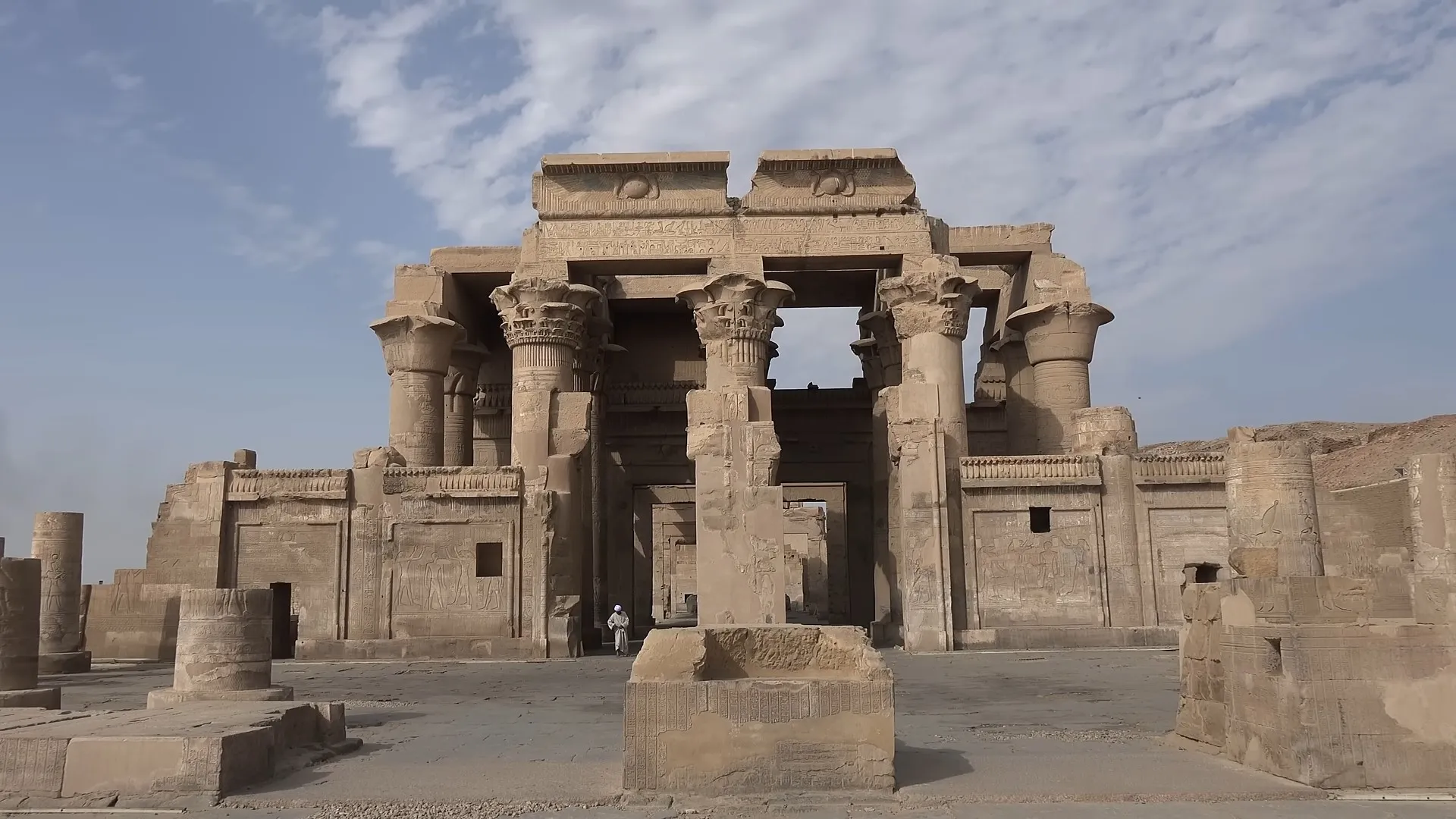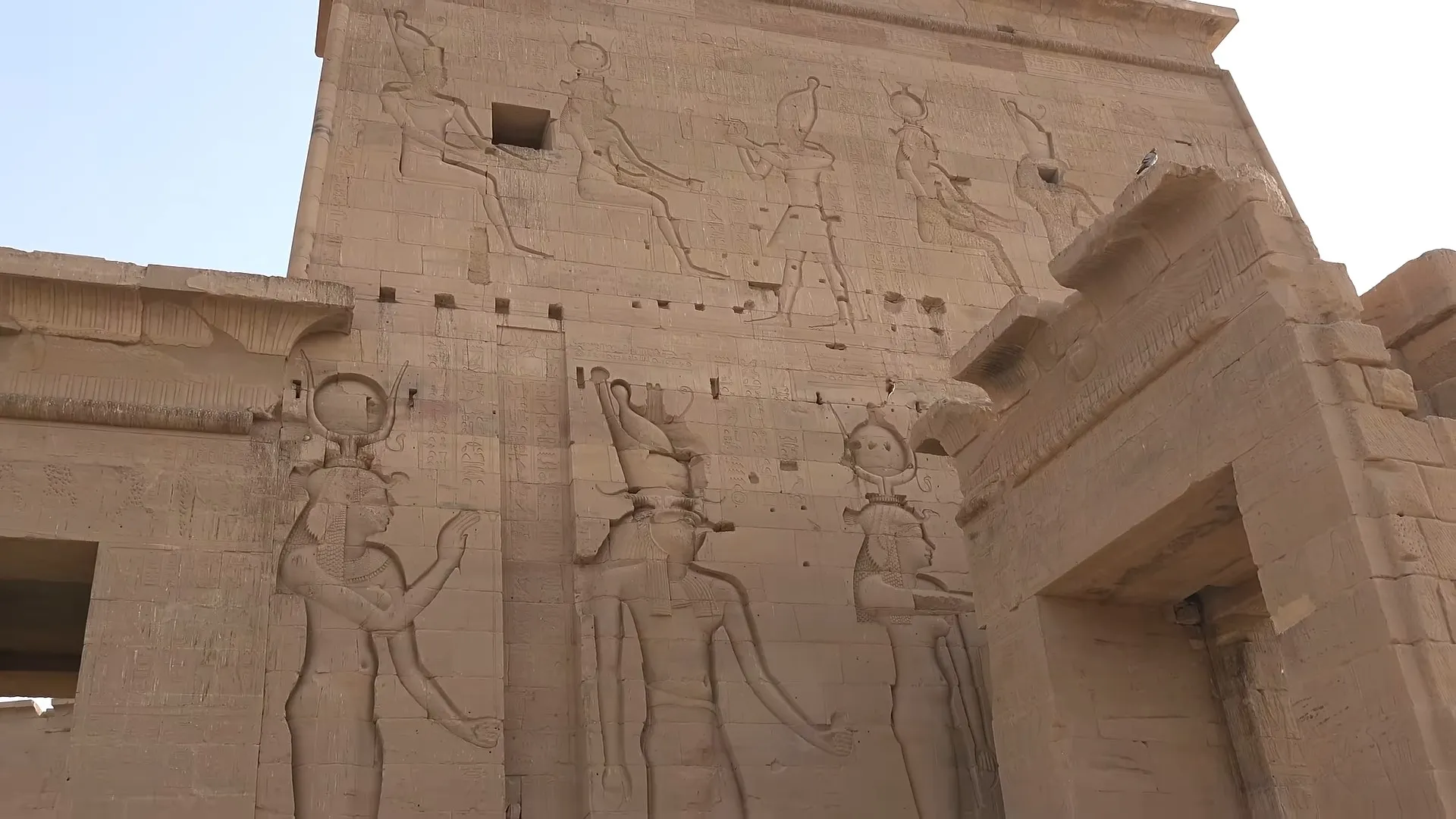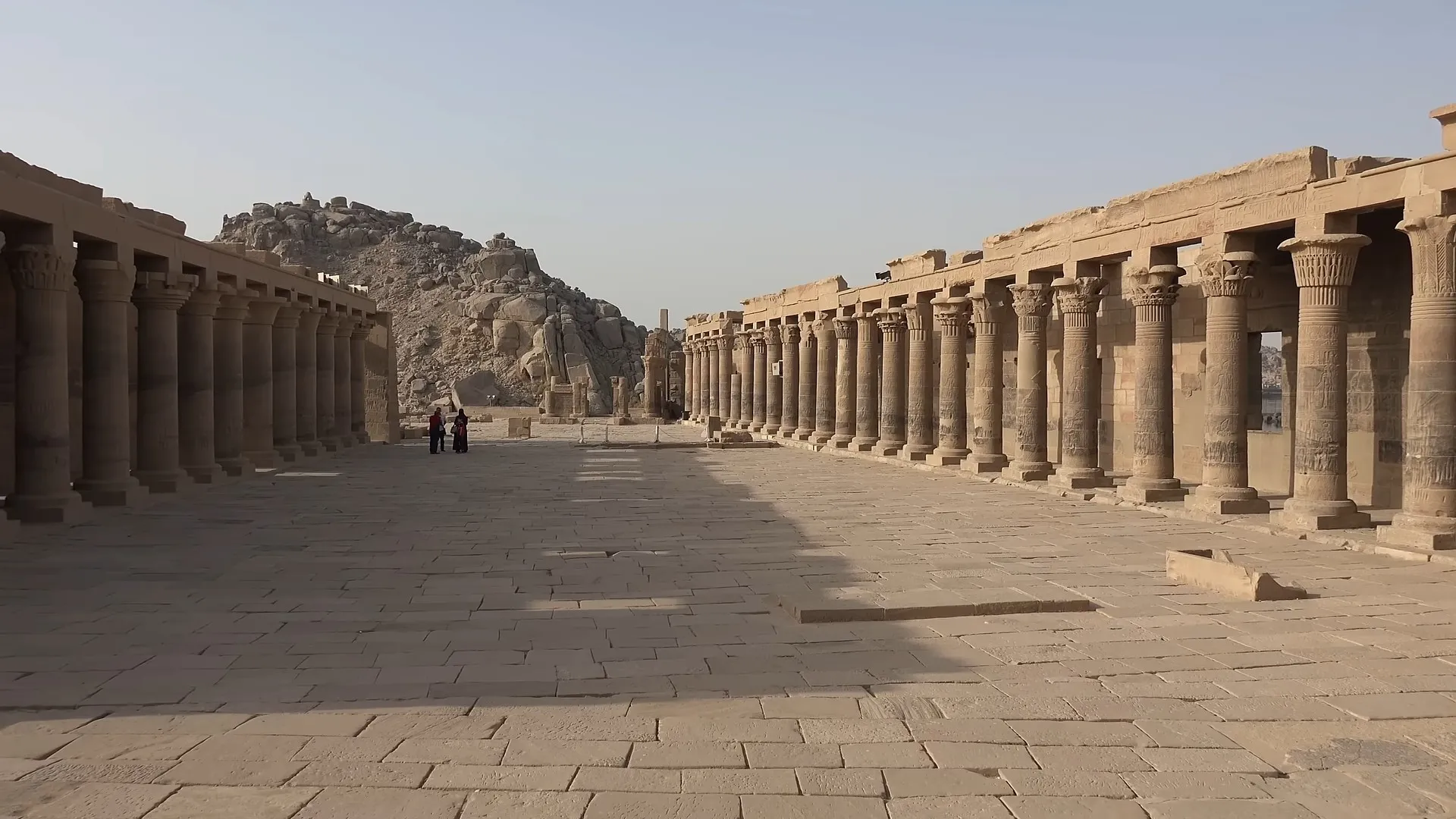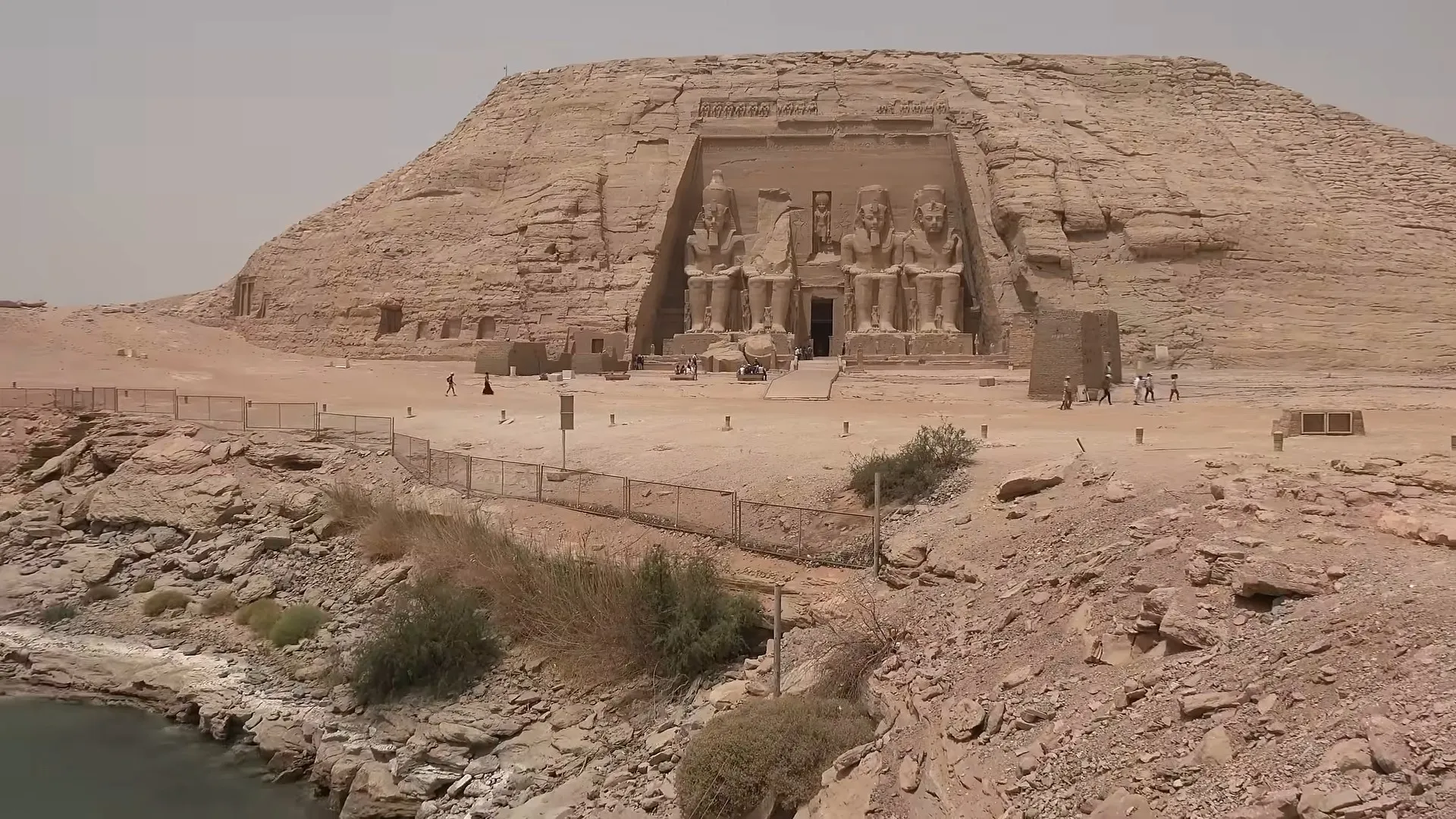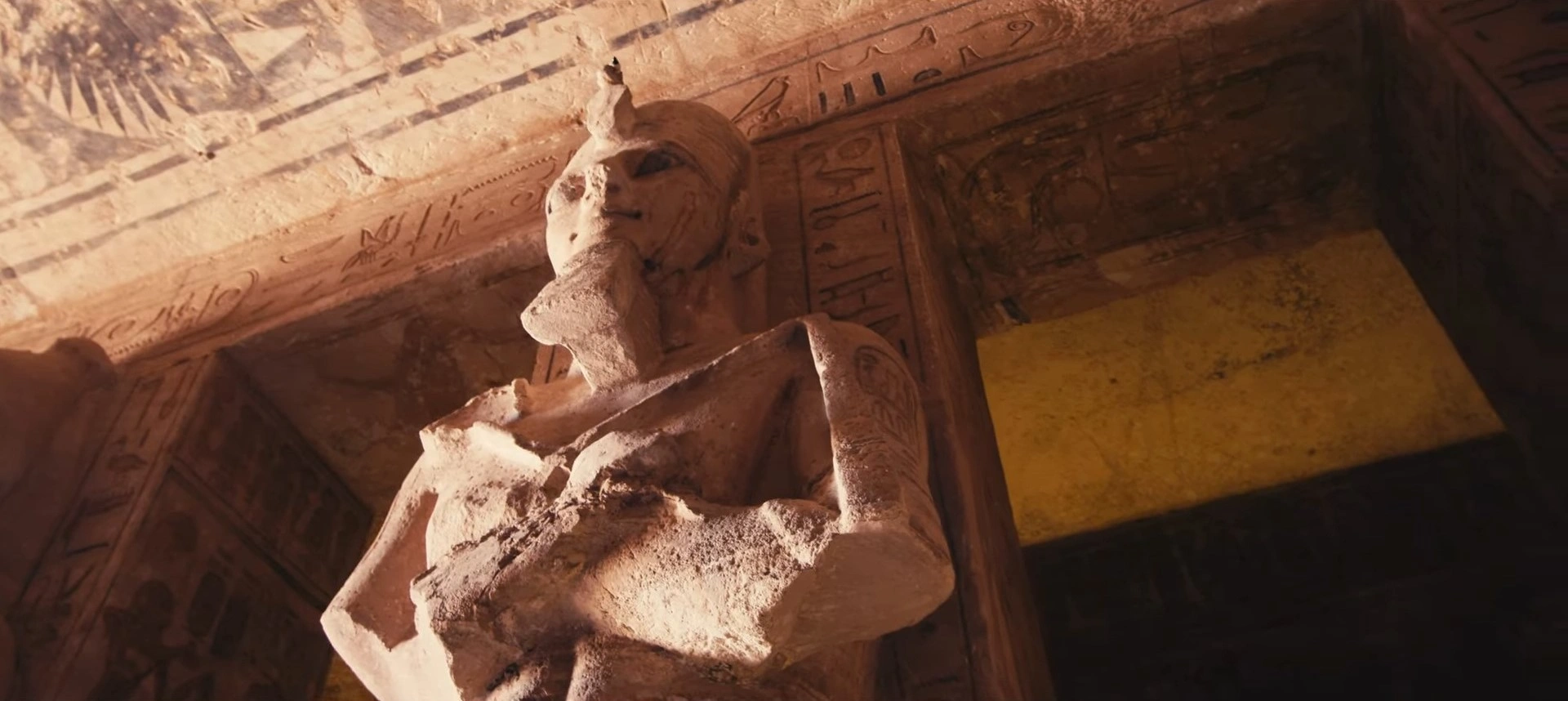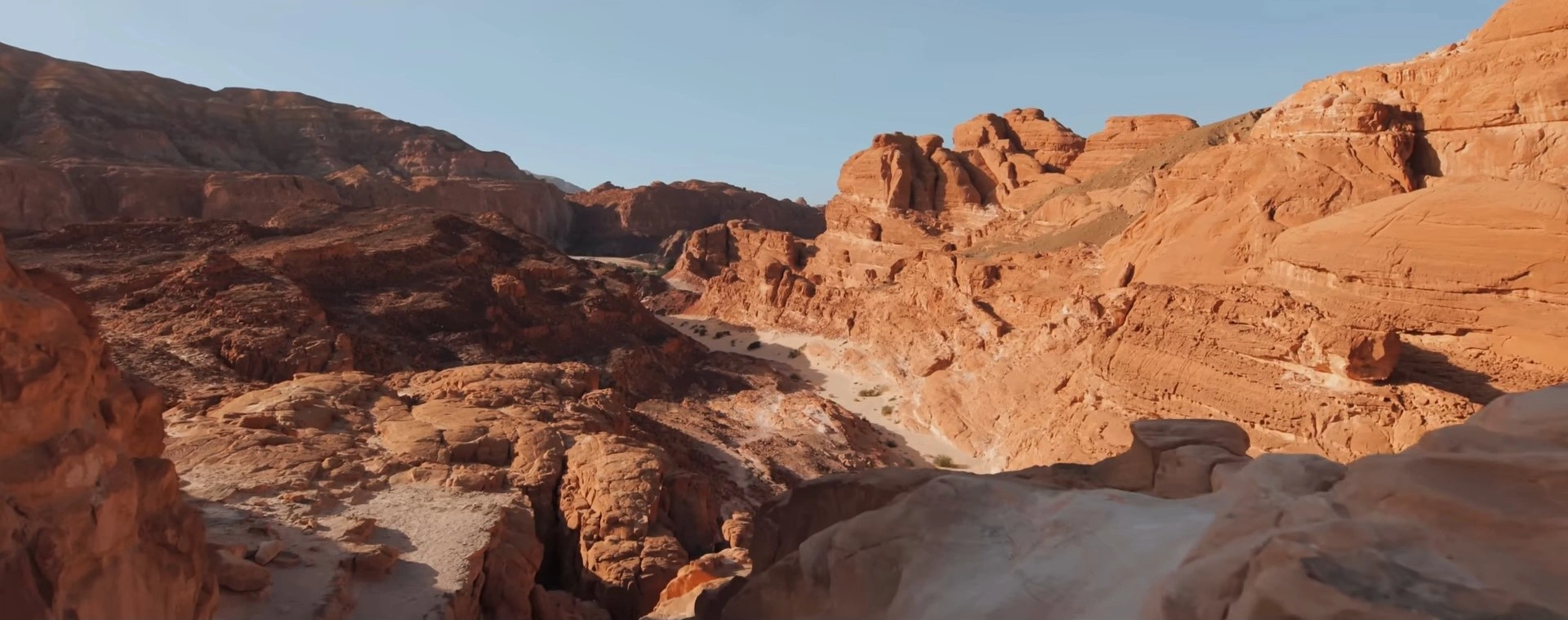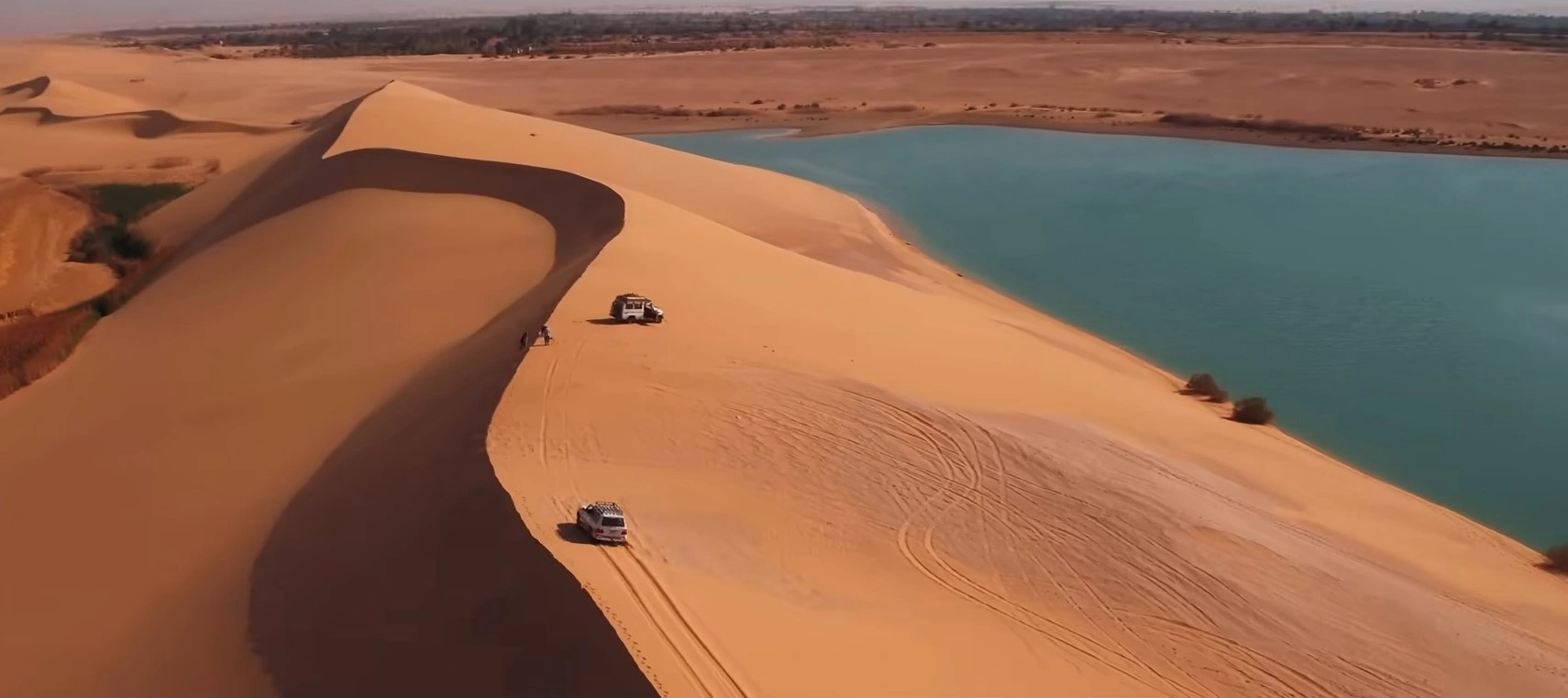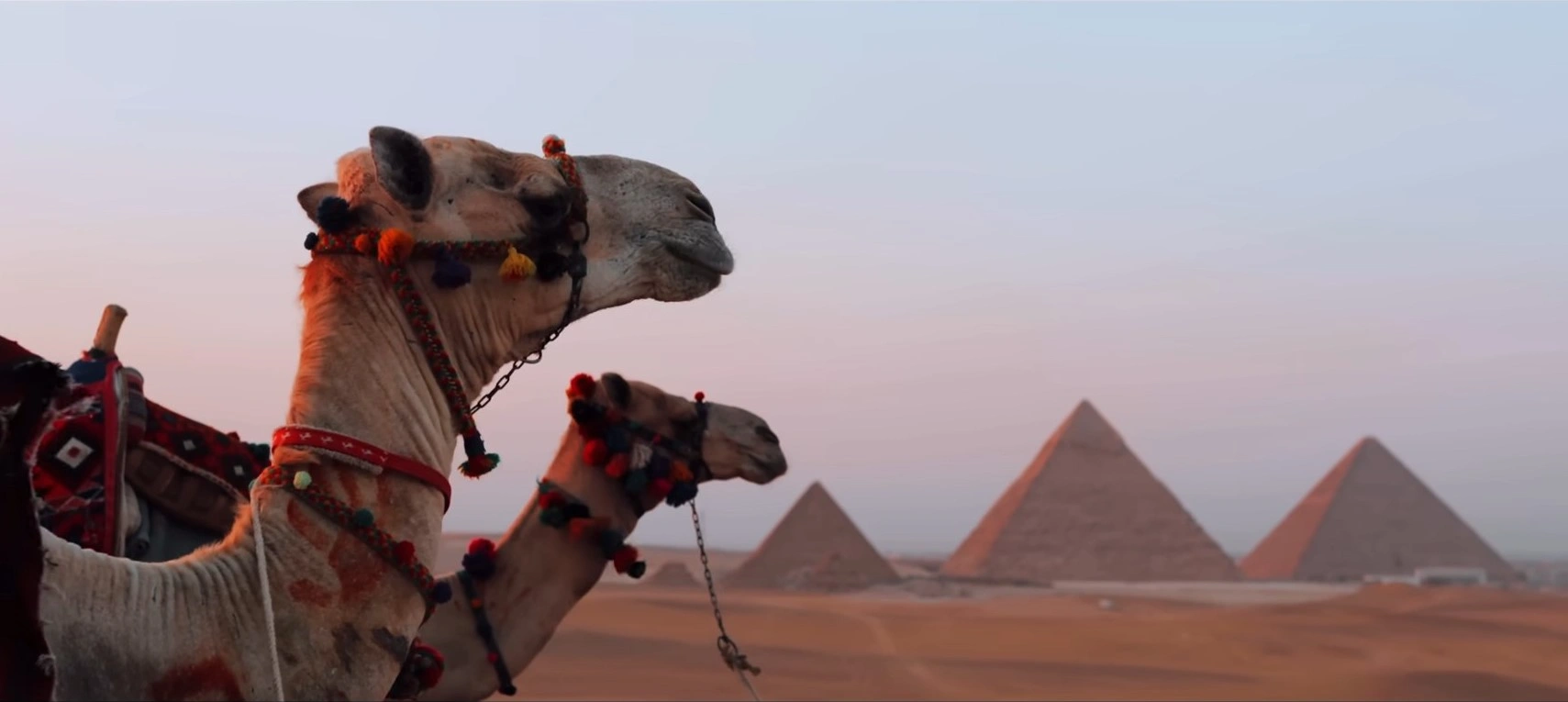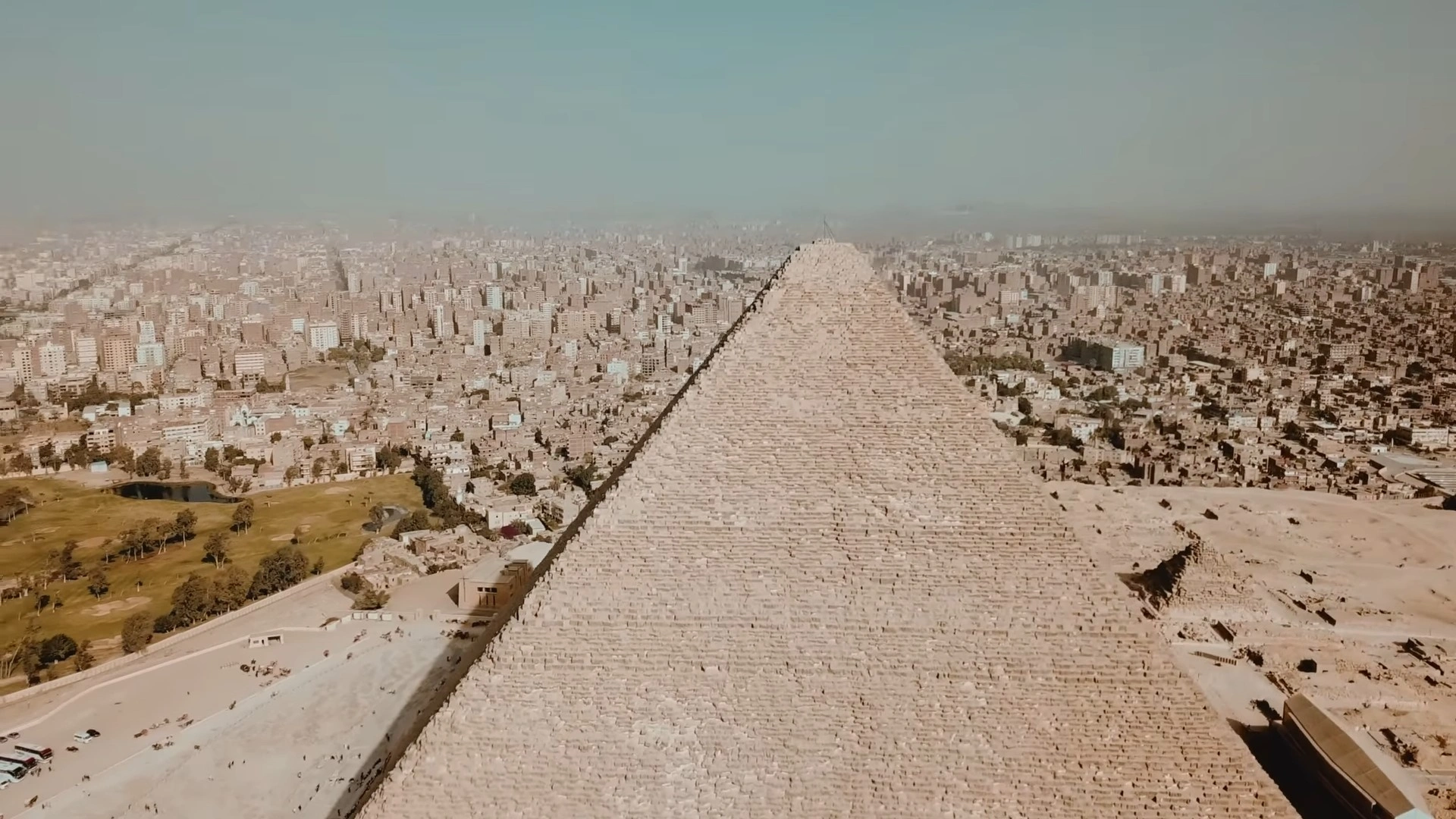Investigating the ancient vestiges of Egypt’s pyramids is an excursion back so as to perhaps the most entrancing development ever. These stupendous designs, constructed thousands of years prior, keep on catching the creative minds of people from one side of the planet to the other. From the Great Pyramid of Giza to the less popular pyramids scattered all through the Egyptian desert, each site offers a brief look into the creativity and high-level designing abilities of the ancient Egyptians.
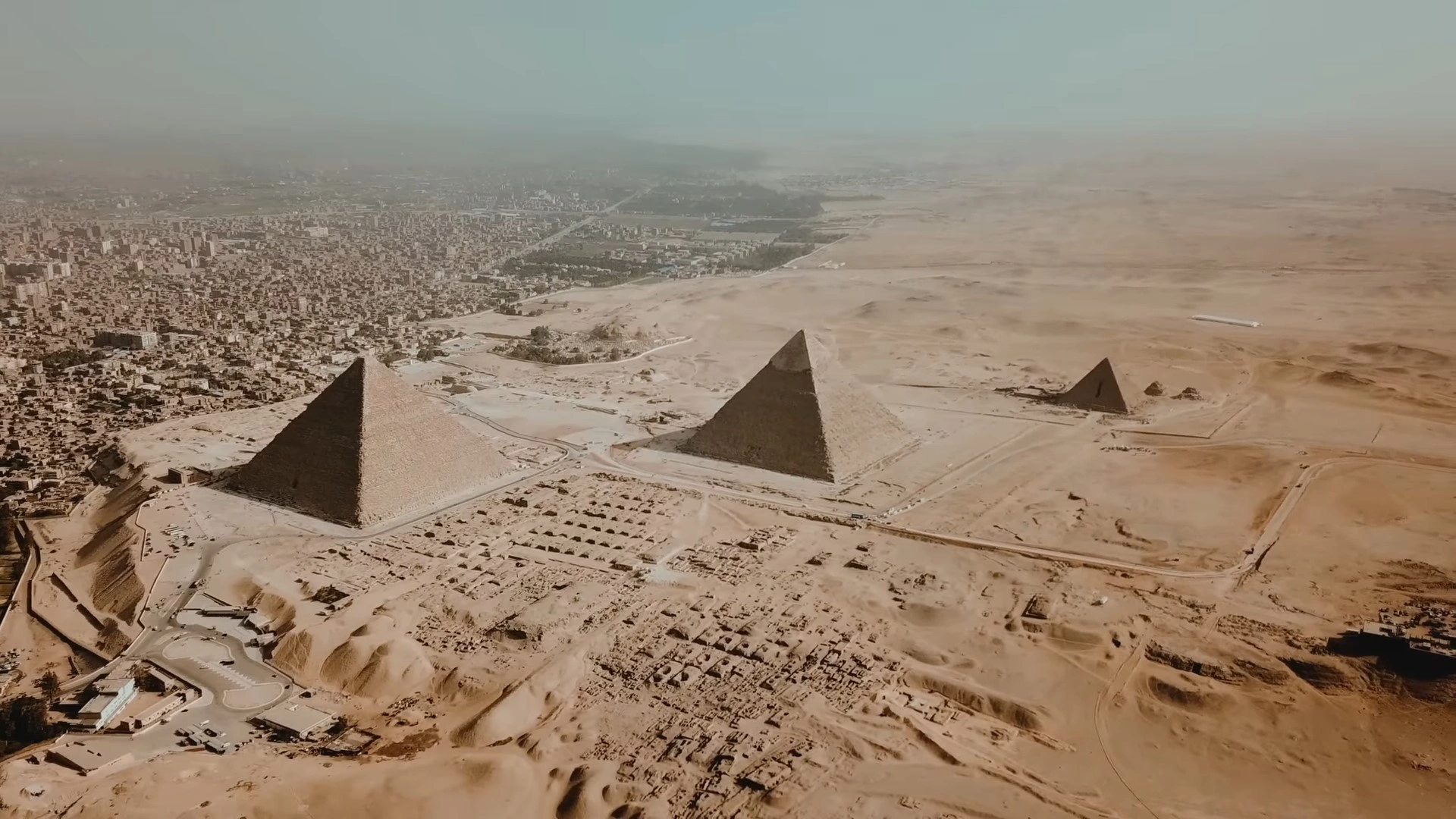
1. The ancient wonders of Egypt’s pyramids
At the point when we consider Egypt, one of the primary pictures that frequently strikes a chord is the glorious pyramids that have represented thousands of years as images of ancient Egyptian civilization. These dazzling designs have enamoured the minds of people all over the planet and keep on being a wellspring of interest and secrets.
The pyramids were used as burial places for the pharaohs of Egypt, who had faith in an afterlife and needed to guarantee that they would reside in time everlasting. The most famous of these pyramids is the Great Pyramid of Giza, which was built by Pharaoh Khufu around 2560 BC. It is the biggest and most seasoned of the three pyramids at Giza, remaining north of 450 feet tall.
The pyramids were developed utilising massive blocks of limestone and granite, some gauging as much as 80 tons. The accuracy with which these blocks were cut and fitted together is genuinely shocking, particularly taking into account the restricted instruments and technology accessible to the ancient Egyptians. How they had the option to fabricate such fantastic designs stays a secret, sparking endless hypotheses and discussions among history specialists and archaeologists.
Notwithstanding the Great Pyramid of Giza, there are over 100 different pyramids scattered all through Egypt, built during various traditions and for different pharaohs. Each pyramid has its own exceptional design and highlights, offering a brief look into the different compositional styles and convictions of ancient Egypt.
Investigating the ancient vestiges of Egypt’s pyramids resembles venturing back in time and submerging oneself in the rich history and culture of this ancient progress. Strolling through the halls and offices of these massive designs, one can’t resist the urge to wonder about the inventiveness and craftsmanship of the ancient Egyptians.
Beside the actual pyramids, the encompassing complex at Giza likewise incorporates the Great Sphinx, a massive sculpture with the body of a lion and the top of a pharaoh. The Sphinx is accepted to have been built around the same time as the pyramids and is remembered to address the rule of Pharaoh Khafre.
Visitors to the pyramids can likewise investigate the different temples, burial chambers, and different designs that make up the complex. These locales offer an abundance of data about the everyday existence, religious practices, and internment ceremonies of the ancient Egyptians, giving significant bits of knowledge into their convictions and customs.

2. Tips for planning a visit to the pyramids, including the best times to go and what to bring
With regards to planning a visit to the ancient pyramids of Egypt, there are a couple of key tips to remember to make the most of your experience.
Above all else, it’s critical to consider the best times to visit the pyramids. Egypt experiences very blistering temperatures throughout the mid-year months, so arranging your visit during the cooler, longer periods of October to April is prudent. The cold weather months are considered the pinnacle vacationer season, so assuming you like to keep away from huge crowds, it could be ideal to visit during the shoulder times of pre-summer or late-summer.
One more significant variable to consider is the time of day you decide to visit the pyramids. Numerous visitors like to go promptly in the first part of the day or late in the evening to stay away from the noontime heat and, furthermore, to get the shocking sunrise or sunset views over the ancient designs. Remember that the pyramids can become extremely busy during peak hours, so plan accordingly to stay away from long queues and crowded spaces.
As far as what to carry with you on your visit to the pyramids, it’s vital to pack a lot of water, sunscreen, a cap, and open-toe strolling shoes. The desert environment can be brutal, so it’s critical to remain hydrated and safeguard yourself from the sun. Furthermore, consider carrying a camera to catch the dazzling sights of the pyramids and the encompassing scene.
It’s likewise prudent to carry some money with you, as numerous merchants and guides around the pyramids just acknowledge cash installments. Make certain to have little bills close by for tipping and buying keepsakes. Moreover, it’s smart to carry a little rucksack or sack to convey your basics and keep your hands free for investigating.
While planning your visit, make certain to explore the different ticket choices accessible for the pyramids. There are different ticket bundles that incorporate admittance to various destinations, like the Great Pyramid of Giza, the Sphinx, and the encompassing pyramids of Saqqara and Dahshur. Consider what destinations are vital for you to see and pick a ticket choice that best suits your inclinations.
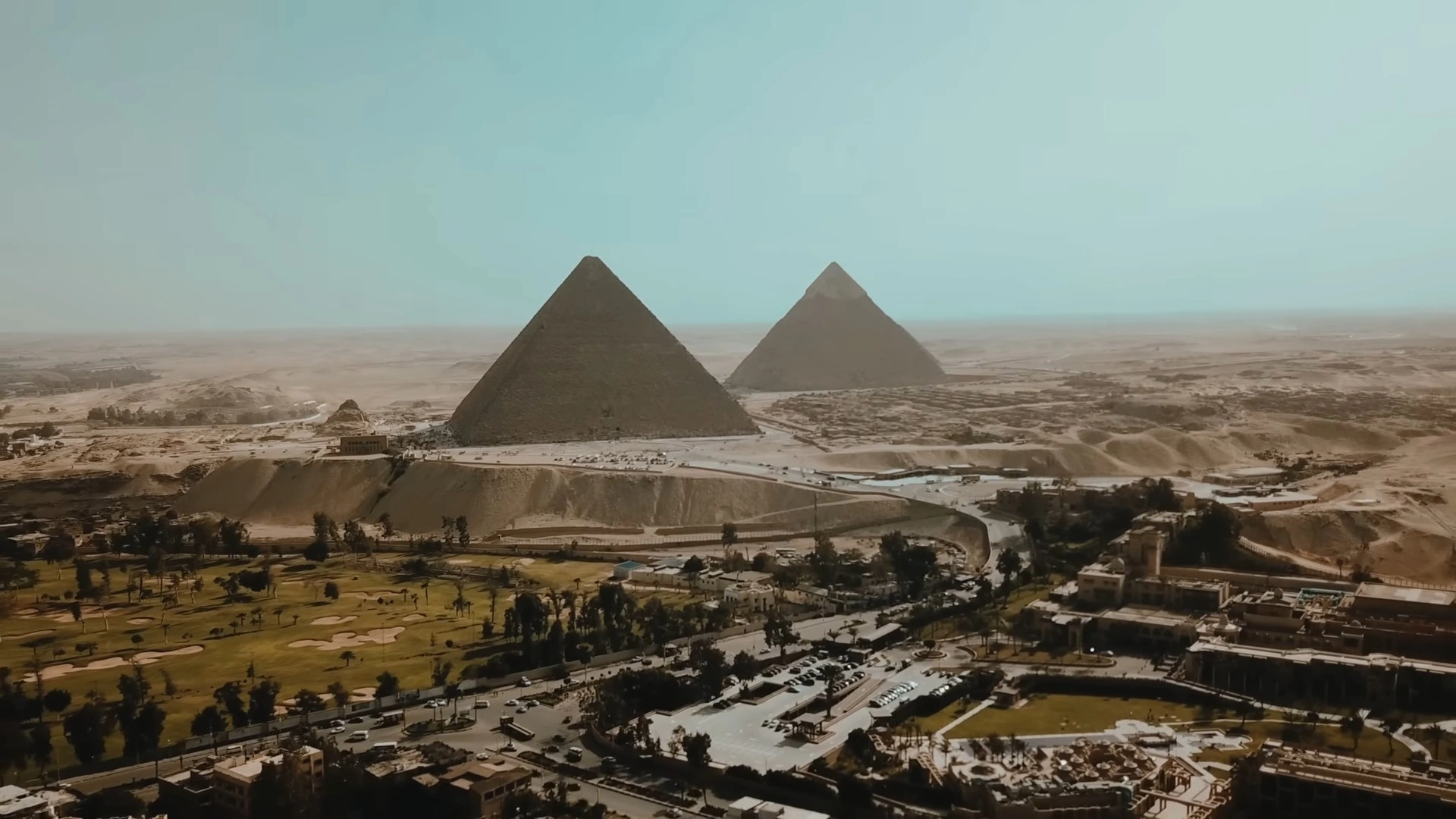
3. Portrayals of the most famous pyramids, like the Great Pyramid of Giza and the Pyramid of Djoser
The Great Pyramid of Giza is apparently the most famous pyramid in Egypt. This incredible pyramid is the most established and biggest of the three pyramids located on the Giza Plateau. It was built for Pharaoh Khufu during the Fourth Tradition of the Old Kingdom and is assessed to have been built over a period of 20 years. The Great Pyramid stands at a stunning level of 455 feet and was the tallest man-made structure in the world for nearly 3,800 years.
The Pyramid of Djoser, located in Saqqara, is one more iconic pyramid in Egypt. It is considered to be the most established stone-assembled pyramid in Egypt and is credited to Pharaoh Djoser of the Third Line. The pyramid was designed by the famous modeller Imhotep and is renowned for its extraordinary step-pyramid shape, which denotes a critical development in pyramid development strategies. The Pyramid of Djoser is encircled by a sweeping complex of temples, patios, and burial places, making it a priority objective for visitors keen on ancient Egyptian history.
Another eminent pyramid is the Pyramid of Khafre, which is located close to the Great Pyramid of Giza. It is somewhat more modest in size compared to the Great Pyramid, yet it is known for its magnificent appearance because of the leftover packaging stones at the top. The Pyramid of Khafre is accepted to have been developed for Pharaoh Khafre, who was the child of Khufu. One of the most striking elements of this pyramid is the Great Sphinx, a legendary animal with the body of a lion and the top of a human, which watches the entry to the complex.
The Red Pyramid, arranged in Dahshur, is the third-biggest pyramid in Egypt and is known for its red shade, hence its name. This pyramid was built by Pharaoh Sneferu of the Fourth Line and is considered to be perhaps the earliest smooth-sided pyramid in Egypt. The Red Pyramid is likewise one of a handful of pyramids that actually hold a portion of its unique packaging stones, giving visitors a brief look into the glory of ancient Egyptian architecture.
Adjusting the list of famous pyramids is the Bowed Pyramid, likewise located in Dahshur. This one-of-a kind pyramid has an unmistakable twisted shape, accepted to have been a consequence of design blunders during its development. The Bowed Pyramid was worked on by Pharaoh Sneferu as his second effort to make a smooth-sided pyramid, following the Red Pyramid. Notwithstanding its uncommon appearance, the Twisted Pyramid remains a well-known vacation spot, offering intriguing knowledge into the inventiveness and craftsmanship of ancient Egyptian manufacturers.
In general, the ancient remnants of Egypt’s pyramids offer a brief look into the rich history and cultural heritage of this captivating progress. Each pyramid recounts an interesting story, from the magnificence of the Great Pyramid of Giza to the creative design of the Pyramid of Djoser. Visiting these iconic designs isn’t simply an opportunity to observe engineering wonders, but also to associate with the tradition of progress that keeps on enamoring the world right up ‘until now.
Conclusion
Exploring the ancient pyramids of Egypt is a journey through time, offering a glimpse into the incredible engineering and cultural achievements of one of the world’s oldest civilizations. From the majestic Great Pyramid of Giza to the intriguing Pyramid of Djoser, each structure tells a unique story of the pharaohs and their quest for immortality. Planning your visit with the right timing and essentials will ensure a memorable experience. Dive into the rich history, marvel at the architectural brilliance, and let the ancient wonders of Egypt leave you in awe. Start planning your adventure today and step back in time to uncover the mysteries of the pyramids.
FAQs
What is the best time to visit Egypt’s pyramids?
The best time to visit is between October and April when the weather is cooler. Early mornings and late afternoons are ideal to avoid crowds and the midday heat.
How were the pyramids of Egypt built?
The pyramids were constructed using massive limestone and granite blocks, with precise cutting and fitting techniques that remain a mystery.
What is the significance of the Great Pyramid of Giza?
The Great Pyramid of Giza, built for Pharaoh Khufu, is the largest and oldest of the pyramids at Giza and was the tallest man-made structure for nearly 3,800 years.
Are there other famous pyramids in Egypt besides Giza?
Yes, other notable pyramids include the Pyramid of Djoser in Saqqara, the Pyramid of Khafre, the Red Pyramid, and the Bent Pyramid in Dahshur.
What should I bring when visiting the pyramids?
Bring water, sunscreen, a hat, comfortable walking shoes, cash for purchases, and a camera to capture the stunning views.




